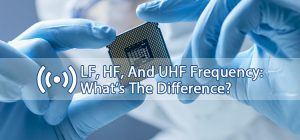
LF, HF, and UHF Frequency: What’s the Difference?
If you are planning to integrate RFID technology into your business, you will need to understand the different frequencies, and how they can impact your
Technology has revolutionized the way business is conducted. One such example is the adoption of Radio Frequency Identification (RFID) cards. These cards use radio waves to communicate with a reading device, thus exchanging data.
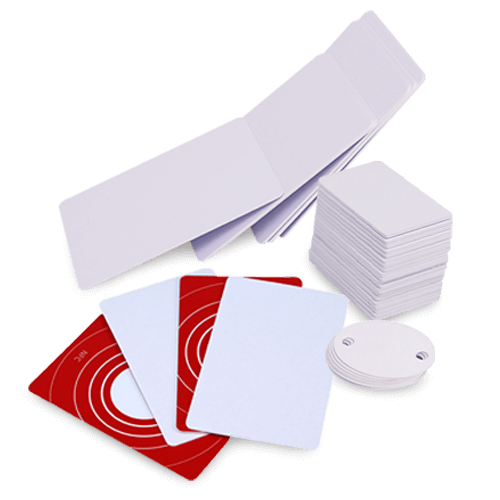

They have multiple applications, including access control, payment, and identification. They are also used in supply chain management to keep track of inventory.
When you step out to shop or use public transport, you probably use an RFID card without realizing it. The following sections will provide a more in-depth look at RFID cards and their various applications.
RFID cards contain an integrated circuit that stores information. They store the cardholder’s unique identification number. This information can be accessed by a reading device using radio waves.
RFID cards are similar to magnetic cards, except that RFID cards do not require physical contact with the reading device to function. This extraordinary feature makes them more convenient and faster to use.
They are made of different materials, including PVC, PET, and ABS. You can laminate them for aprolonged life span.
The applications of RFID cards depend on the type of card and the information stored on it. Some of the cards include:
13.56 MHz HF RFID is also known as the Near Frequency Communication (NFC) standard. NFC is a short-range wireless communication technology that enables two devices to exchange data. It is used in contactless payments, which allow you to pay for goods and services by waving your card or phone near a reader.
NFC-enabled cards are accepted by many merchants globally. The widespread acceptance is due to the convenience and security of the technology. NFC payments are more secure than traditional methods, such as swiping your card or entering your PIN.
125 kHz LF RFID cards are essential in access control applications. They are used to grant or deny access to a building, room, or computer.
If the cardholder’s information matches the reader’s database, the door will unlock and grant them access. Otherwise, the door will remain locked.
In addition, RFID cards are essential in time and attendance tracking. Employees can clock in and out by waving their cards against an RFID reader. This eliminates the need to enter the time data manually.
Campus cards are used for many applications, such as identification and library access.
The institutions assign a unique identification number to each student, staff, and faculty member. This number is stored on the campus card. The cardholder can then use the card to access various services, such as the library and dining hall.
Hotel identification cards are another type of RFID card. These cards are used to identify the cardholder and provide them with access to the hotel room.
RFID cards offer many benefits over traditional methods, such as keys. They are more secure, convenient, and efficient.
Transport systems have digitized their systems to include RFID cards. These cards are used to pay for fares. Each passenger must have a card to ride the bus, train, or metro. The cards are linked to their bank accounts and can be used to pay for other services, such as parking.
RFID cards are also used for ticketing. You can purchase tickets for events, like concerts and sports games, by waving your card at a reader. This eliminates the need to queue up and purchase tickets from a ticket booth.
RFID cards are used for a variety of applications, such as contactless payments, access control, and time and attendance tracking.
Yes, you can use your RFID card to pay for goods and services. NFC-enabled cards are accepted by many merchants globally.
The maximum read range of an RFID card depends on the type of chip that is used. HF and UHF chips have a read range of up to 10 meters, while LF chips have a read range of up to 10 centimeters.
Yes, RFID card data is secure. The technology uses a variety of security measures, such as encryption and authentication, to protect the data.
You can get an RFID card from a variety of sources, such as your bank or the transport authority. You can also purchase them online from retailers that sell electronic tickets.
RFID cards and NFC cards are similar in that they both use radio waves to communicate with readers. However, NFC cards are limited to a range of 10 centimeters, while UHF RFID cards have a read range of up to 10 meters.

If you are planning to integrate RFID technology into your business, you will need to understand the different frequencies, and how they can impact your
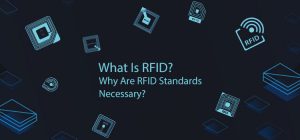
RFID standards refer to a set of guidelines and protocols that RFID manufacturers must follow. These specifications ensure that all the devices produced in one
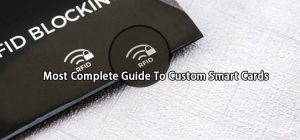
Smart cards are an integral part of our lives, whether we’re using them for transportation, to access office buildings, or to make a purchase. They
No more endlessly wasting time on lousy RFID Tags wholesalers. Xinyetong’s goal is to let you sit back and relax. We take care of all the dirty works, including trade stuff, clearance and logistics, etc. Our consultant will keep you informed of the trade progress throughout.
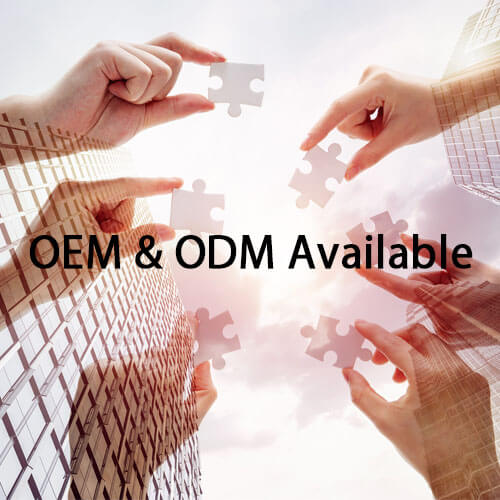
Whether you want to have your logo engraved on the rfid tag or want to design it differently, we can help you.
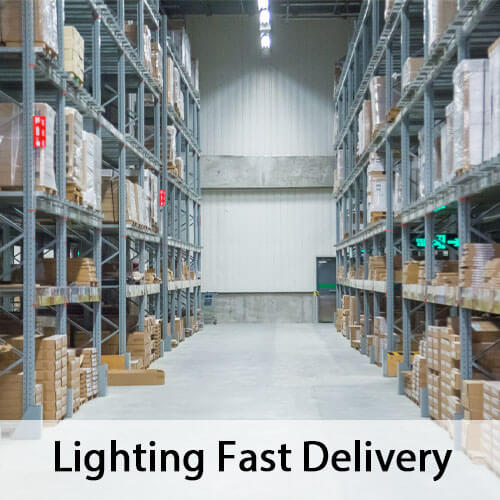
If you don't need additional designs, just the finished product, we have the inventory to support fast delivery.

If you want to wholesale rfid tags, we support a minimum order quantity of 100 bowls for the first order.
Established in 2008, Shenzhen Xinyetong Technology CO., LTD is an industry-leading professional manufacturer and exporter of smart cards and RFID labels.
Company 2022 © All Rights Reserved. Design by Xinyetong